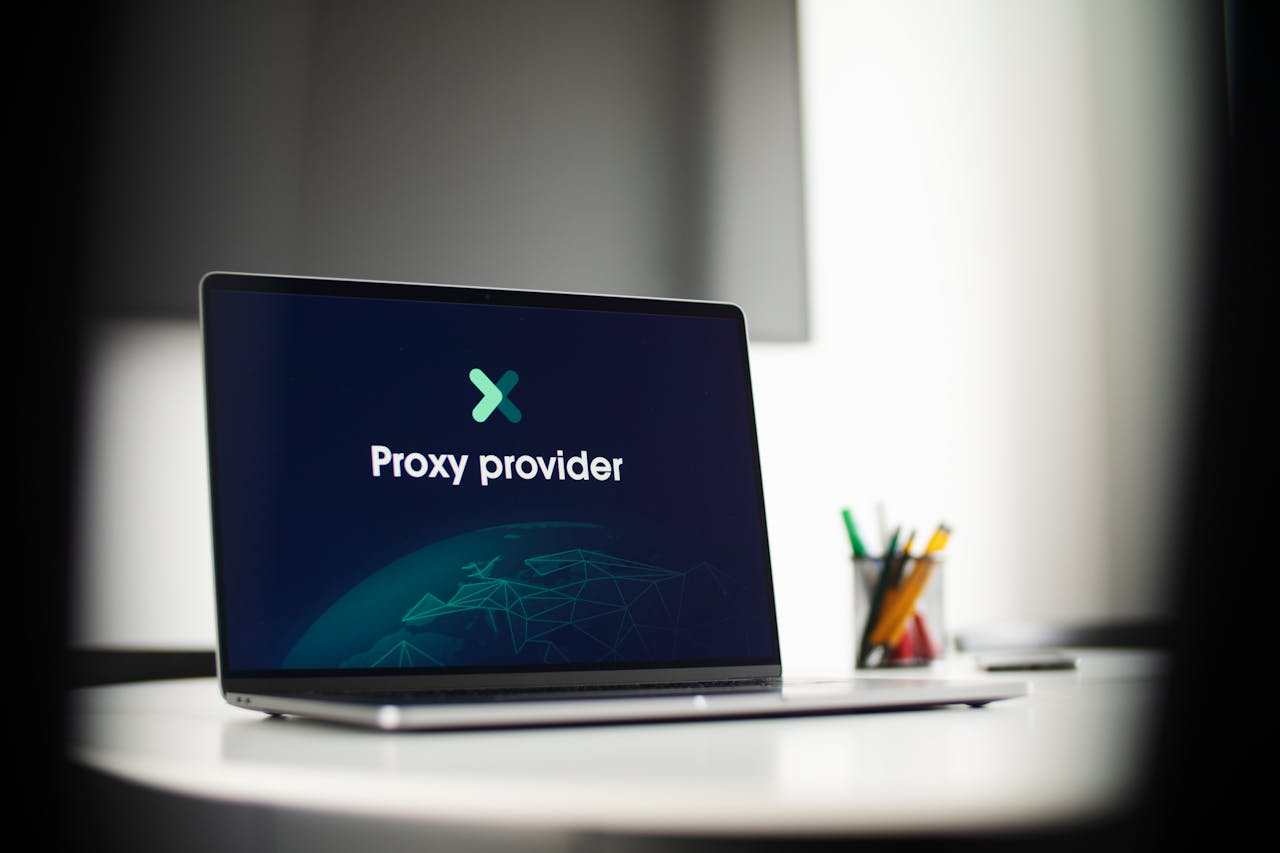In Australia, it’s not at all unusual for vehicle fleets to operate in some of the most remote and inhospitable environments in the world. With resource extraction activities stepping up, fleets can be expected to frequently service inland mining projects, support construction zones in the Outback and, as they’ve always done, deliver goods to the country’s many isolated communities.
With such long distances to cover, fleet operators must constantly navigate a web of diverse risks. They must consider scenarios like fuel theft, unpredictable weather, supply disruptions, mechanical failures, and even access to reliable diesel storage. Almost as importantly, their solutions must be cost-effective, especially given the high costs of this type of operation.
Thus, operators must take a prudent approach to their operational planning. Below are several tried-and-tested technology-oriented tips to help fleet operators reduce their risk exposure, particularly when servicing remote sites.

1. Invest in Secure and Compliant Diesel Storage
One of the simplest ways to reduce operational delays is to ensure a dependable, on-site fuel supply. While there are several tank types, fleet operators looking for a diesel storage tank for sale will find self-bunded diesel storage tanks a standout option for key reasons.
As their name indicates, these tanks feature built-in secondary containment or “bunds” that do away with additional containment infrastructure around the main tank, as is the case with traditional designs. This means they can be easily deployed and redeployed as needed, with minimal risk to surrounding environments. This means operators have more options for optimising their supply chains, especially for mining sites that tend to move as resource deposits are extracted.
2. Use Telematics to Optimise Routes and Reduce Exposure
Fleets that don’t use telematics and GPS tracking on their vehicles may be exposing their drivers and equipment to unnecessary risks. With the right setup, operators can use these tools to reroute trucks away from hazards like flood-prone roads or fire-affected areas. In especially remote regions, knowing the safest and most efficient path can significantly reduce drivers’ risks while also saving on fuel and time.
3. Use Modern Fuel Management Systems
Today’s fuel management systems do more than just track consumption. They can link to a command centre to give operators real-time visibility into fuel usage across the entire fleet. From recording which vehicle refuels when, to alerting operators of potential leaks or pilferage, these systems finally bring a welcome degree of accountability to a once-opaque area of operations. Some systems even offer offline data capture, making them a good choice for vehicles that frequently visit areas with poor connectivity.
4. Prioritise Preventive Maintenance and Equipment Readiness
Unexpected breakdowns can lead to costly project delays or even expensive compliance violations. While they do require operators to allocate time and resources, strong preventive maintenance routines should reduce these issues to the bare minimum. At the very least, checks on tyres, brakes, cooling systems, and other essentials must be done before each trip.
Vehicles are not the only assets that require maintenance. Support equipment such as diesel tanks, standpipes, hose reels, and even communications equipment should all receive regular scheduled inspections. This helps catch potential issues early on and avoids any serious downstream delays during field operations.
5. Train Your Team on Remote-Area Contingencies
Drivers and field staff should be well-versed in what to do if they encounter or experience road closures, mechanical issues, or adverse weather conditions. This includes training on how to use in-vehicle emergency communication devices, protocols for remote breakdowns, and the correct procedures for refuelling using on-site tanks. Building this internal capacity may take some investment, but it will ultimately pay off in helping staff safely manage high-pressure situations.
6. Keep Backup Supplies and Contingency Equipment Onsite
If a fleet services remote sites, even otherwise minor disruptions can take a while to fix. Keeping stocks of essentials like diesel, lubricants, and other consumables at key depots can keep operations from grinding to a halt. At the very least, it may enable vehicles to reach a better-equipped service station under their own power.
7. Invest in Digital Logging and Compliance Tools
Digital compliance tools allow drivers and site managers to log issues, track hours, and submit safety checklists in real time. This enables far better oversight compared to manual processes by ensuring developing problems are more easily spotted and addressed before they escalate. Most importantly, it also prevents risk exposure from poor documentation and helps the operator better manage audits and insurance claims.
8. Cultivate Relationships with Local Support Services
Lastly, being on good terms with local mechanics and supply contractors can go a long way in reducing recovery times during disruptions. Whether a truck needs a tow or a part replaced, these relationships can provide operators with irreplaceable, valuable local knowledge and support.
Even Small Moves Can Strengthen Big Operations
Operational risks can’t be eliminated, but most of them can be anticipated and managed. Whether it’s adopting self-bunded fuel storage or embracing digital tools, proactive measures will incrementally add much-needed resilience to your business. And with an environment as vast as the Outback, you will want to make sure your drivers, support staff, and vehicles are as protected as they can be.















